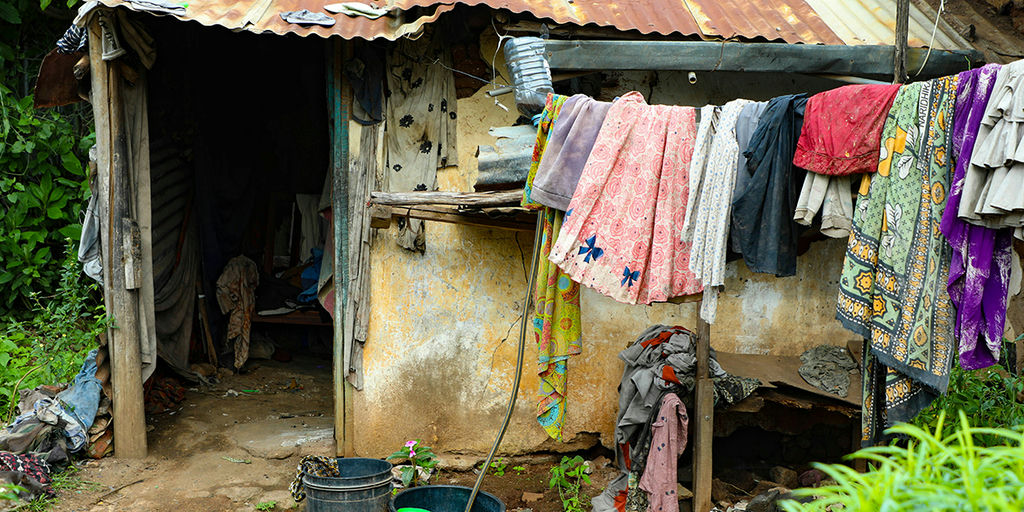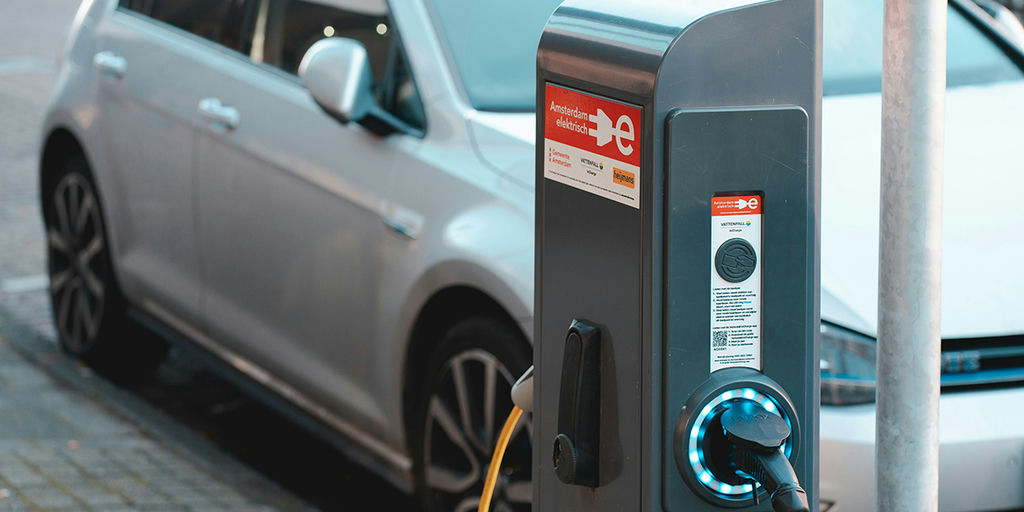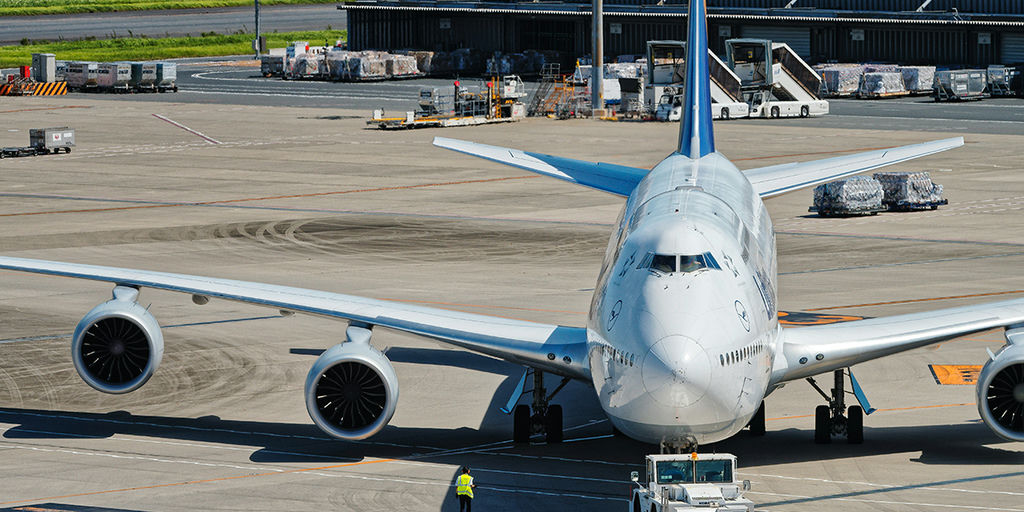Poverty: A Silent Obstacle to Climate Action

Image Source: Michael Odida/Unsplash
Climate change is accelerating global poverty. According to a World Bank Group report, climate change poses an ongoing threat to poverty reduction and is projected to push between 68 million and 135 million people into poverty by 2030. Sub-Saharan Africa and South Asia regions, where most of the global poor reside, are particularly vulnerable. Rising food prices, deteriorating health outcomes, and the increasing frequency of floods and other natural disasters disproportionately affect low-income populations, exacerbating existing inequalities.
But poverty is not just a consequence of climate change; it is also a major barrier to solving the broader climate change problem. Poverty restricts access to the very tools and systems needed for climate resilience. In many vulnerable regions, communities lack basic infrastructure, such as clean energy, reliable transportation, climate-smart housing, and other factors that would allow them to reduce emissions or withstand environmental shocks. Without financial security, people are forced to make short-term decisions that often harm the environment, such as overharvesting natural resources or settling in flood-prone areas. This is evidenced by a World Bank report, which revealed that the poorest countries contribute less than 10% of global emissions, yet they suffer the most from climate disasters (see For the Poorest Countries, Climate Action is Development in Action).
Traditional practices, such as bush burning used in hunting and land clearing, are still prevalent in some regions. These activities contribute to deforestation, loss of biodiversity, and increased greenhouse gas emissions that remain in the atmosphere for centuries. Without providing people with alternatives and awareness, these damaging practices will likely continue, making global environmental goals harder to achieve. Also, many of the lifestyle changes and technological adaptations needed to combat climate change come at a cost that the world’s poorest cannot afford. In many of the least developed countries (LDCs), firewood and charcoal remain primary sources of energy for cooking, either because people are unaware of the environmental impact or because cleaner alternatives are unaffordable.
Education also plays a pivotal role. Rural inhabitants in many parts of the world are often unaware of the concept of climate change, largely due to a combination of low literacy levels, limited access to information, and inadequate infrastructure (see Climate Change Remains Top Global Threat Across 19-Country Survey). A Pew Research Center report also found that in several countries, people with more education tend to express greater concern about climate change than those with less education. This underscores the need for climate literacy initiatives to accompany poverty alleviation efforts.
Furthermore, as the world shifts towards more sustainable technologies, such as electric vehicles (EVs), another layer of inequality becomes clear. While EVs are widely promoted for their role in reducing carbon emissions, their high costs make them inaccessible to low-income groups. Countries leading the EV revolution tend to have higher standards of living and better infrastructure, leaving LDCs far behind in the transition to greener alternatives (see Electric cars: lower-income countries fall behind, with uptake linked to GDP per capita).
Poverty is more than just a social or economic issue; it is a barrier to environmental sustainability. Without addressing poverty, especially in the most vulnerable regions, efforts to combat climate change will be limited in scope and effectiveness. Policymakers, environmentalists, and global development agencies must acknowledge this connection. Empowering the poor with education, affordable technology, and sustainable alternatives is not just an obligation for major economic agents. It is a strategic necessity in the fight against climate change.

